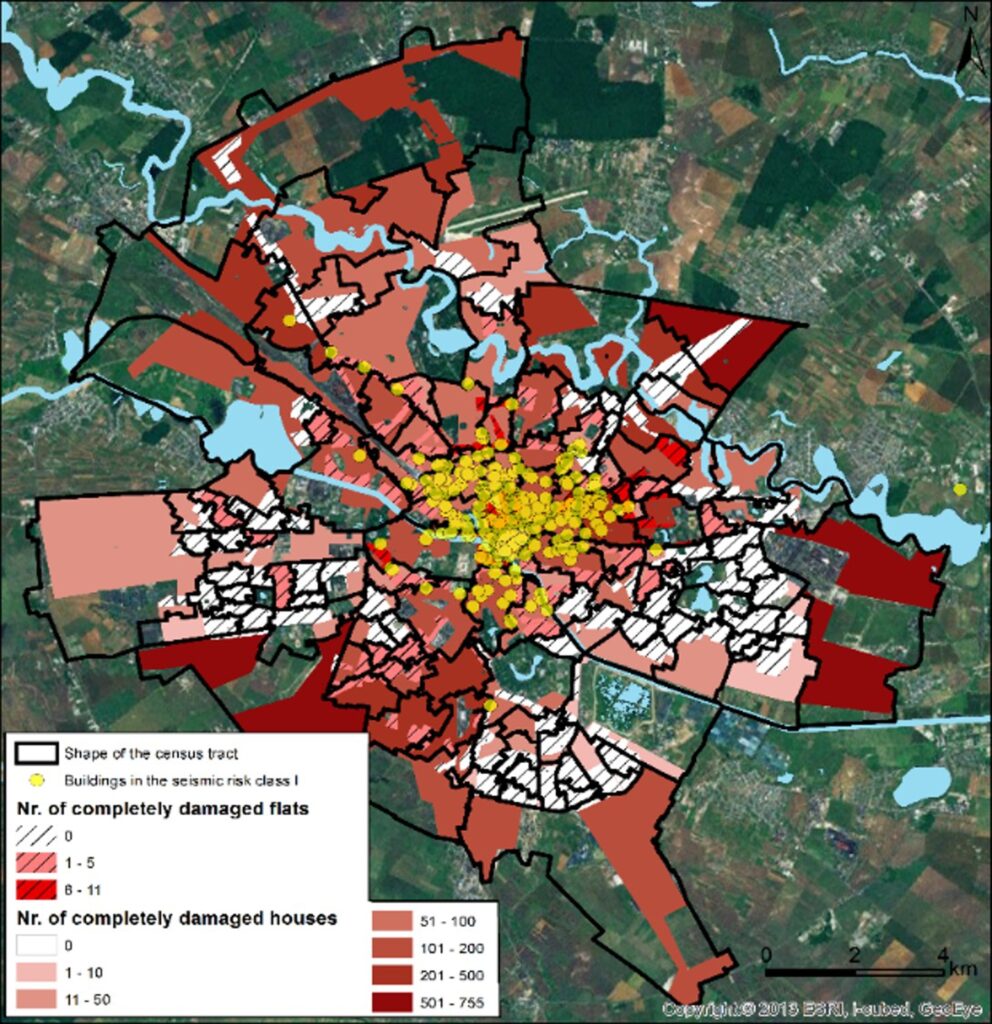Case Study 3: ROMANIA
Aim
Based on impact chains of compounding events, we aim to collaboratively engage stakeholders in identifying which components of the hazard-impact-vulnerability-mitigation nexus require prioritized attention, to prevent (more) severe impacts from earthquakes striking Bucharest.
Why
The increased frequency and power of multi-hazards added layers of complexity in Disaster Risk Management, calling for a next generation of multi-risk assessment frameworks.
Why Bucharest
Bucharest is one of Europe’s most endangered capitals to earthquakes, where not only seismic hazard is at high levels, but also exposure and vulnerability.
Where do we want to go
Grounded in the dynamic background of Bucharest, the developed tools will support national organizations in emergency intervention through developing a Multi-Hazard Risk Assessment framework tailored for this capital city.
Hazards

Earthquakes

Floods

Stakeholders involved

First responders

Local administration

Police and Gendarmerie experts



